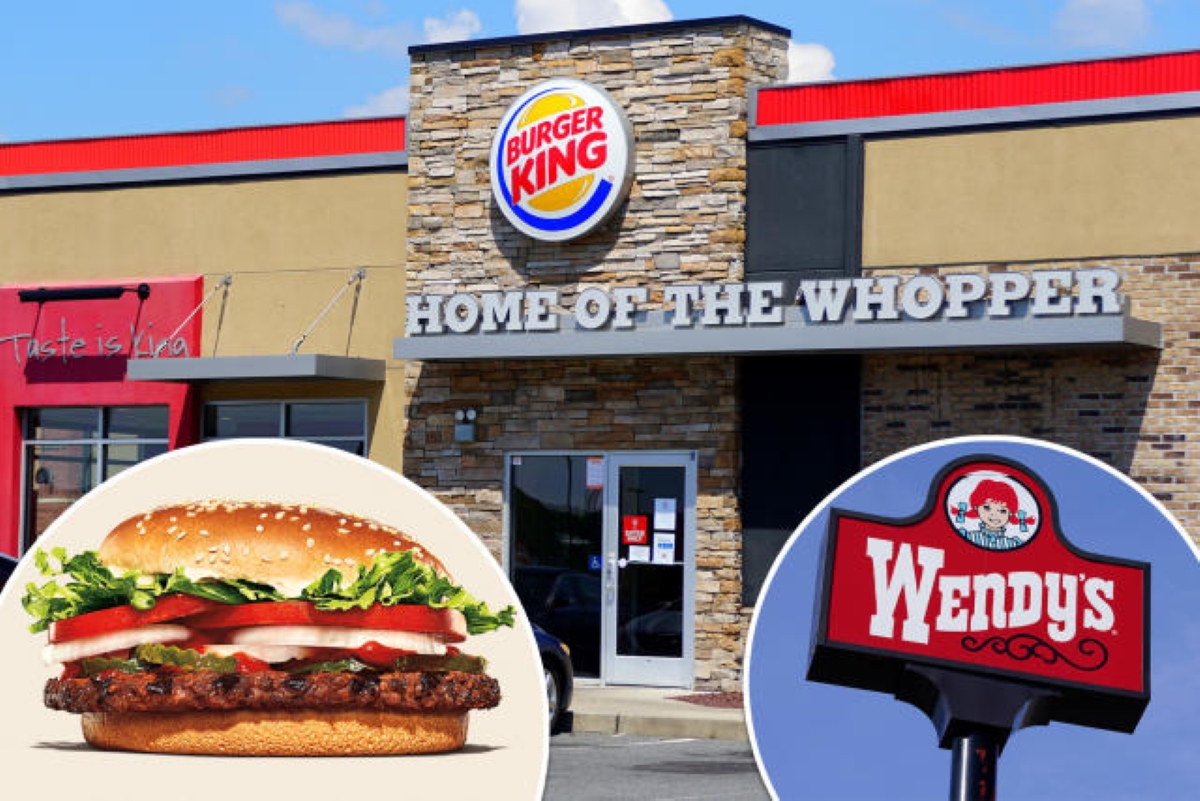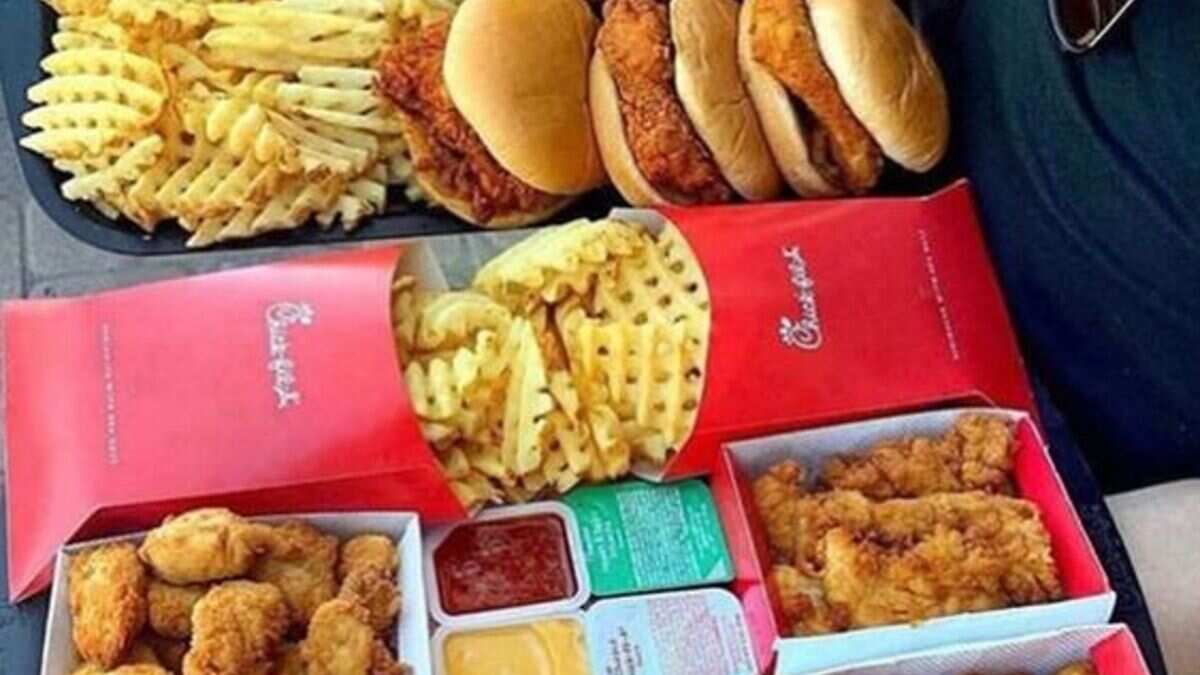Bad News for Staff as California Fast Food Chains Discover Ways to Bypass Raising Minimum Wages

Bad News for Staff as California Fast Food Chains Discover Ways to Bypass Raising Minimum Wages
Burger King on a Fast Track to Digital
A Robotic Change?
The Double-Edged Sword of Wage Increases
Layoffs Loom as Wages Climb
Balancing Act in Fast Food Economics
Navigating Price Hikes with Care
Kiosk Expansion on the Fast Lane
A Trend That's Here to Stay
Higher Sales at the Touch of a Button
Changing Fast Food Service
The Automated Future of Fast Food
MOST POPULAR
-
Dinosaur Embryo Discovered Inside 72-Million-Year-Old Egg
March 22, 2024 -
Some Countries With Strict Anti-LGBTQ+ Laws
March 22, 2024 -
New Study Reveals Underground Climate Change Below Populated U.S. Cities
March 18, 2024 -
Truckers Show Support for Trump, Boycott NYC Amid $355 Million Civil Fraud Ruling
April 17, 2024 -
CRFB Reveals How Much National Debt Trump Incurred in His Presidency
April 19, 2024 -
Did Oswald Act Alone? Chilling Testimonies From JFK’s Assassination
March 9, 2024 -
Americans Think Both Biden and Trump Would Not Make Good Presidents
April 16, 2024 -
Here’s Why Young American Males Don’t Want a College Education
May 18, 2024 -
Baltimore Mayor Accuses Racists of Weaponizing DEI Language
April 15, 2024 -
Federal Judge Suggests Trump Might Incite Another Riot Like January 6
April 18, 2024













